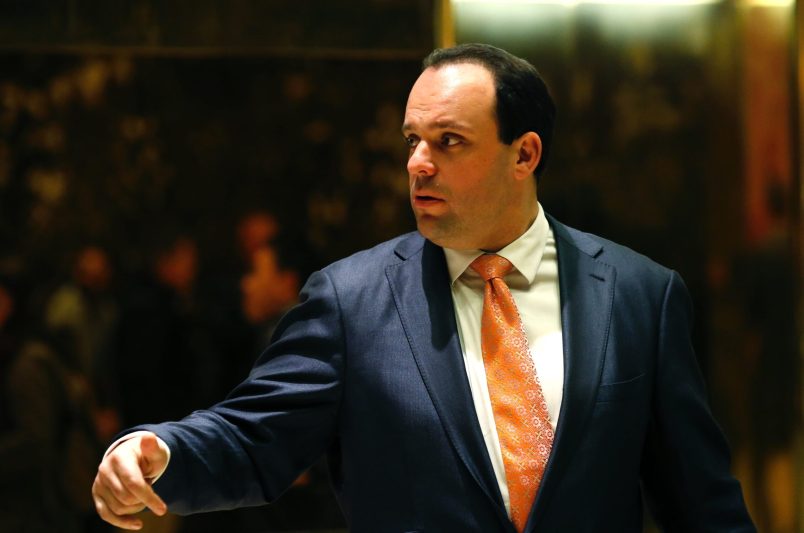As the situation in Ferguson has escalated, we and others have been talking more and more about the militarization of police work in the US – something we’re seeing to a wild degree in Ferguson but is actually pervasive across the United States. We have several pieces in the works you’ll probably see over the course of the day delving into various aspects of that part of the story. But there’s one part of this, one caveat, worth noting. A substantial amount of what we’re seeing might be better termed the “Hollywoodization” rather than the “militarization” of police work.
As a number of Iraq and Afghanistan combat veterans have been noting over recent days, they generally managed crowd control situations in these quasi-war-zones with less body armor, less visible firepower and more restrictive rules of engagement than the Ferguson PD appears to be using against overwhelmingly peaceful and almost exclusively unarmed civilians in Ferguson.
This isn’t to say US military patrols haven’t been heavy-handed in many cases and even committed some atrocities. But it’s also worth remembering that US military patrols actually were targeted with insurgent ambushes – either with IEDs or heavy firepower.
Regardless, what we are seeing here in many cases is the widespread use of military or quasi-military hardware without the tactics the actual military gets trained in in crowd control, riot control and various ways to try where possible to deescalate crowd situations. I don’t want to create a Panglossian view of how the US military operates amidst unruly crowds in Iraq or Afghanistan. But this distinction is an important one to remember. It’s an important part of the story. And of course, the actual military often faces insurgent ambushes amidst civilian crowds. Not the case here.






